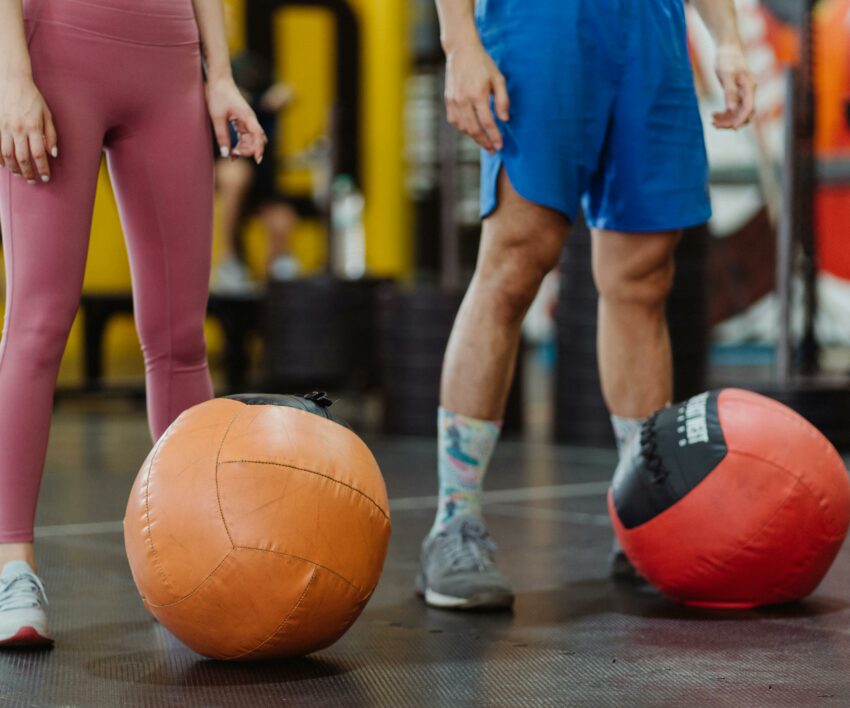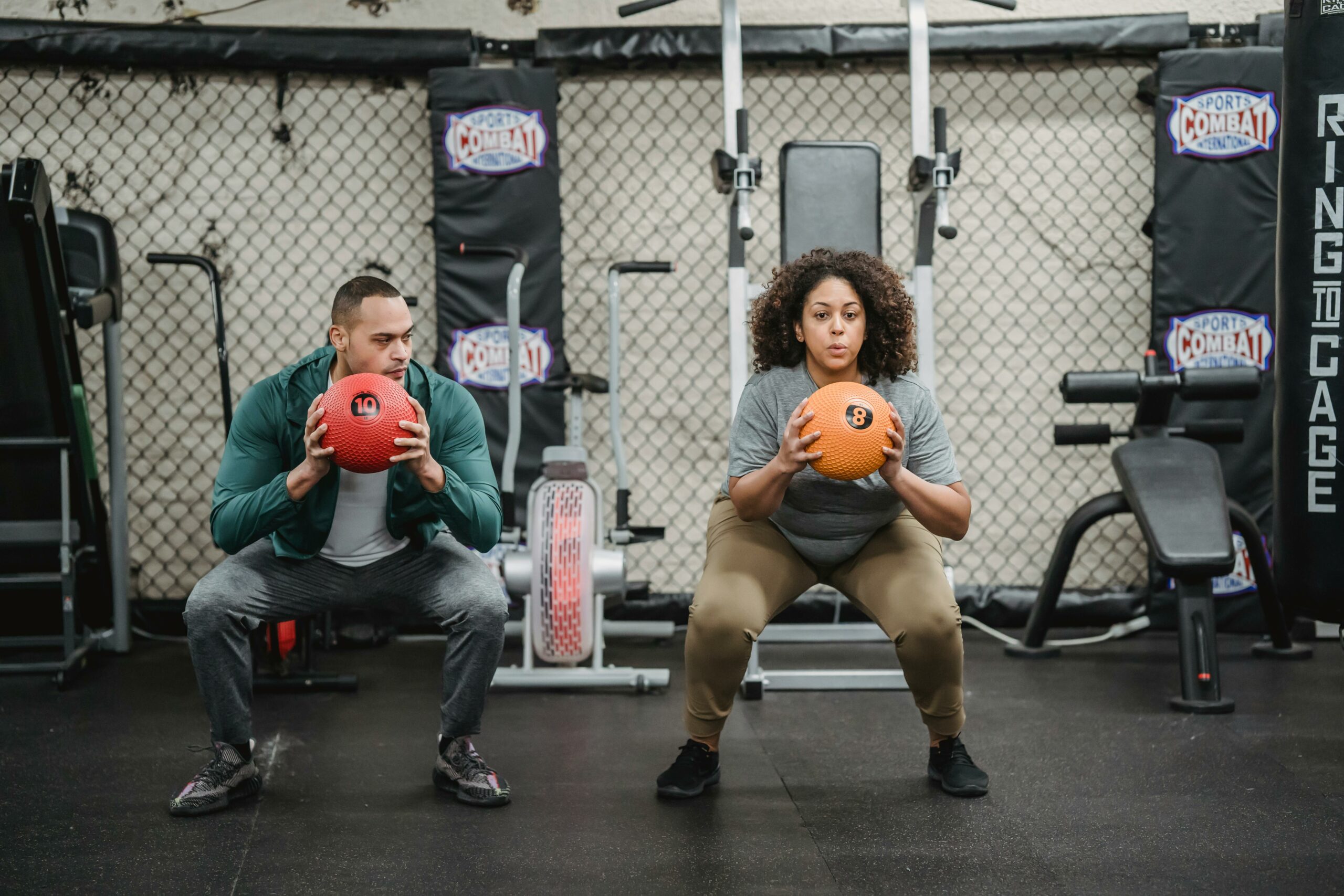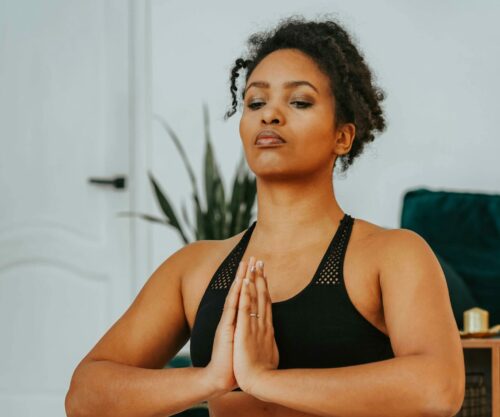
Knees are the quiet heroes of the body — carrying us through workouts, long walks, and those spontaneous dance sessions in the kitchen. Yet, for many women, knee pain or weakness is an all-too-common struggle, especially with age, hormonal changes, or a sedentary lifestyle. The good news? Strengthening your knees isn’t just possible — it’s empowering.
Here’s how to keep your knees strong, supported, and pain-free for the long run.
Strengthen the supporting muscles
Your knees don’t work alone — they rely on the surrounding muscles for stability.
- Quadriceps: These front thigh muscles play a major role in knee support. Try exercises like wall sits, step-ups, or straight-leg raises.
- Hamstrings: Strong hamstrings help reduce pressure on the knee joint. Incorporate bridges or hamstring curls(with or without a resistance band).
- Glutes: Weak glutes often lead to poor alignment. Add squats, side leg raises, or glute bridges to your routine.
Pro tip: Focus on slow, controlled movements rather than speed — your knees will thank you.
Prioritise low-impact workouts
High-impact activities like running or jumping can sometimes strain the knees. Instead, switch things up with gentler yet effective options:
- Swimming and aqua aerobics take pressure off the joints while building strength.
- Cycling strengthens leg muscles without jarring impact.
- Walking is underrated — it keeps your joints mobile and improves circulation.
Mixing these into your weekly routine helps you stay active without overloading your knees.

Stretch and mobilise regularly
Tight muscles can pull on the knee joint, leading to discomfort. Incorporate daily stretches for your hamstrings, calves, and hip flexors.
Try this quick ritual:
- After every workout, do a gentle quad stretch (standing, pulling your ankle toward your glutes).
- Follow with calf stretches using a wall or step.
- Include hip openers like the pigeon pose from yoga.
A flexible body supports healthy, fluid knee movement.
Don’t skip balance and stability training
Women’s knees are naturally more prone to instability due to wider hips and hormonal changes. Strengthen your stabilising muscles with:
- Single-leg stands (hold for 30 seconds per leg).
- Bosu ball squats for core and knee control.
- Yoga or Pilates, which focus on alignment and joint awareness.
Improved balance equals less strain and better control during everyday movement.
Check your footwear
The wrong shoes can silently sabotage your knees. Whether you’re training or walking, choose supportive, cushioned footwear that aligns your feet properly.
If you notice pain during exercise, visit a physiotherapist or podiatrist to assess your gait — sometimes small changes (like adding insoles) make a big difference.
Support your knees from the inside
Nutrition plays a quiet yet crucial role. Focus on foods rich in:
- Collagen (found in bone broth, fish, or collagen supplements)
- Vitamin C (to support collagen production)
- Omega-3 fatty acids (from salmon, chia seeds, or flaxseeds) to reduce inflammation
Staying hydrated is equally essential — water keeps your joints lubricated and moving smoothly.
Listen to your body
Pain is your body’s way of asking for attention, not punishment. If you feel strain in your knees during a workout, stop, stretch, and adjust your form. Gradual progress is far more effective than pushing through pain.
After all, your knees carry you through life — it’s time to carry them with just as much love and intention.
Written by Amy Steenkamp
First published by Woman & Home




